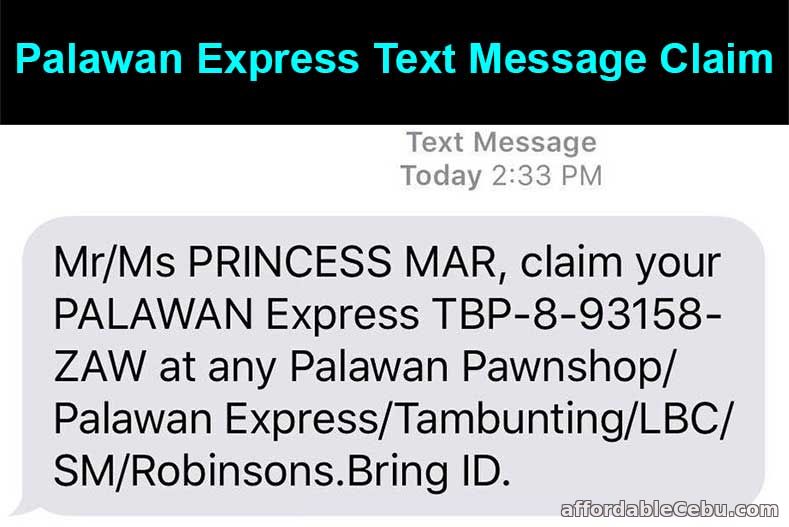

We included text versions of the information included in the infographic with the influencer marketing post, but not with the social media post. The social media infographic ranks 23 rd for its target keywords as of the publishing of this blog. The influencer marketing infographic ranks 3 rd for its target keywords as of the publishing of this blog. We monitored the ranking changes of two infographics over several months to determine the efficacy of putting information into a different visual medium. To find out more about how Google ranks images with text, we put our own infographics to the test. Reading Infographics: Leverage Marketing Internal Study However, its reliance on metadata for a Google Images result still doesn’t tell us how Google determines the value of content in a post that includes an infographic for standard search results. Instead, it probably relied mostly on metadata to provide its result. Though Google is smart enough to understand that stats and statistics are related, it isn’t likely that the image search pulled influencer marketing facts from the title text of the infographic that reads Essential INFLUENCER MARKETING Stats. The text in the infographic, however, only mentions stats. The image name and its alt text both include phrases such as influencer marketing facts and statistics. It’s still good practice to include alt text in all images and to properly name your images with concise clues about their content.įor an experiment in how image metadata affects SEO, we tried uploading our Influencer Marketing Facts and Statistics infographic to Google Images. In the world of SEO, image metadata helps Google come to the right conclusions about what’s contained in images. Metadata in Google Images is still extremely viable, however. The image recognition technology to which Google currently has access appears to be able to collect more information than context and metadata to deliver results to searchers. Some results did not include star in the image name, and most of them did not include such defining keywords as gold or 3D. We looked deeper into the provided similar images. It was able to produce visually similar images that included near matches of color, number, and shape: While it’s possible to attribute Google’s understanding to the information provided in the image name, google-five-star-rating-3d.png, we believe that Google took a harder look at the shapes and colors it could recognize. Google still managed to understand the basic shape. The 3D gold stars were aligned so that the tips of the horizontal edges touched, and the shapes were pressed against a flat background so that they glowed and cast shadows slightly. We also plugged another image of the same blog custom-made for our post. The engine correctly guessed that the block represented video – but how did it gather that information from a colored block? We suspect that Google read the text around the image and pulled the keyword video from the text. The colored block was intended to represent the dimensionality and variety of video types for marketing. We uploaded an image from our B2B Video Marketing for Service-Based Businesses blog post. The search giant seems to be adept at pulling important information from the text surrounding an image. By plugging in a variety of images from your website, you can start to form hypotheses based on Google Images output. Performing simple Google Images searches with and without text produces marvelous results. Google Guesses What’s in Images Using Several Methods We can’t say definitively, but we can draw conclusions by building a picture of what we know Google can do. Such technology could trickle easily into reading text included in images in various languages and fonts (and it could be already happening). For example, Google Translate technology reads real-world text and instantly produces a translated result using images produced by mobile devices. Indeed, they have already begun efforts to interpret the content of images with or without text. We believe that, yes, Google is currently at least trying to read the text in images.ĭespite assertions that say Google can’t read text in images based on social media feedback from Google employees, it’s too easy for those employees to hide what’s going on behind the scenes using clever language on social media.Īs the leader in internet search, Google’s goals should include the ability to parse what’s hidden in the text of images.


 0 kommentar(er)
0 kommentar(er)
